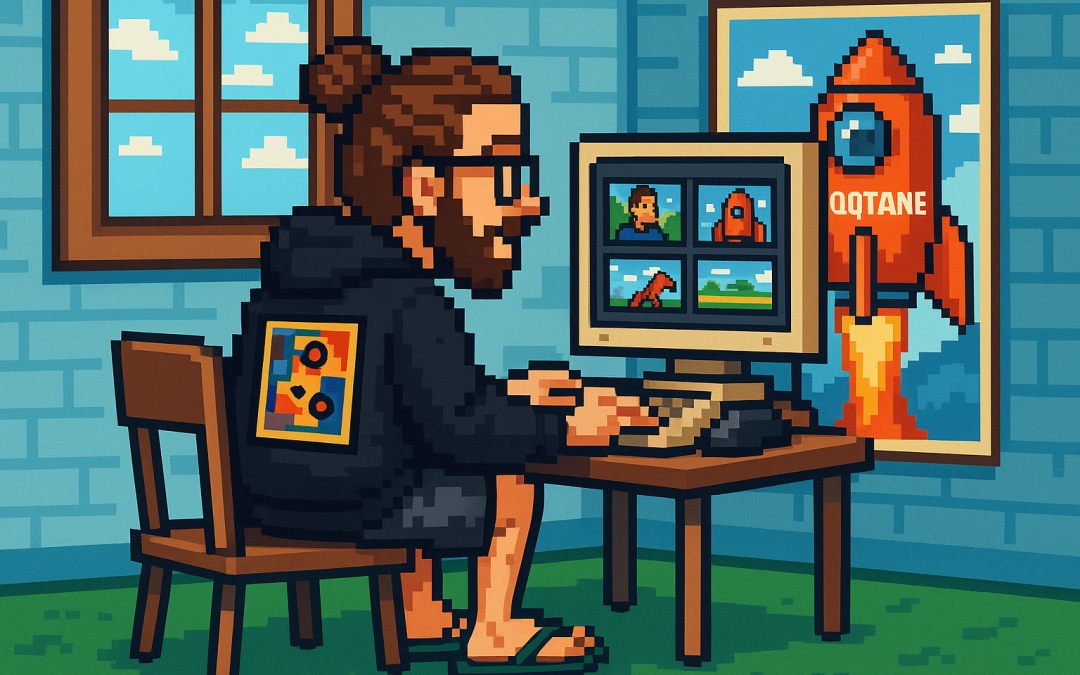Mental notes on architecture, learning by reading source, and what’s next.
Even though XAF is still our main tool at the office (Xari & BIT Frameworks), we’re expanding. We’re researching new divisions for Flutter and React, since some projects already use those fronts with an XAF backend. I also wanted to explore building client-server apps with a single .NET codebase that includes mobile—another reason Oqtane caught my eye.
Why Oqtane Caught My Attention
The Oqtane team is very responsive on GitHub. You can open a discussion and get thoughtful replies quickly. The source code is clean and educational—perfect for learning by reading. There are plenty of talks and videos on architecture and module development; some are a bit dated, but if you cross-check with the code, you’ll be fine.
I’ve learned there are two steps to mastering a framework: (1) immerse yourself in material (videos, code, docs), and (2) explain it to someone else. These notes do both—part research, part knowledge sharing.
Oqtane Video References
- Oqtane Framework — Watch clip
- Oqtane Architecture / Build applications, not infrastructure — Watch clip
- Oqtane Security Model (BFF) — Watch clip
- The Infrastructure Problem — Watch clip
- Blazor Hosting Models — Watch clip
- Oqtane Platforms — Watch clip
A Missing Clip Worth Finding
There’s one clip I couldn’t locate where Shaun Walker explains that .NET already provides the pieces for modern, multi-platform, server-and-client applications—but the ecosystem is fragmented. Oqtane unifies those pieces into a single .NET codebase. If I find it, I’ll make a highlight and share it.
On Learning and Time
I’m trying to publish as much as I can now because I’m about to start a new chapter: I’ll be joining the University of St. Petersburg to learn Russian as my second language. It’s a tough language—very different from Spanish or Italian—so I’ll likely have less time to write for a while. Better to document these experiments now than let them sit in my notes for months.
